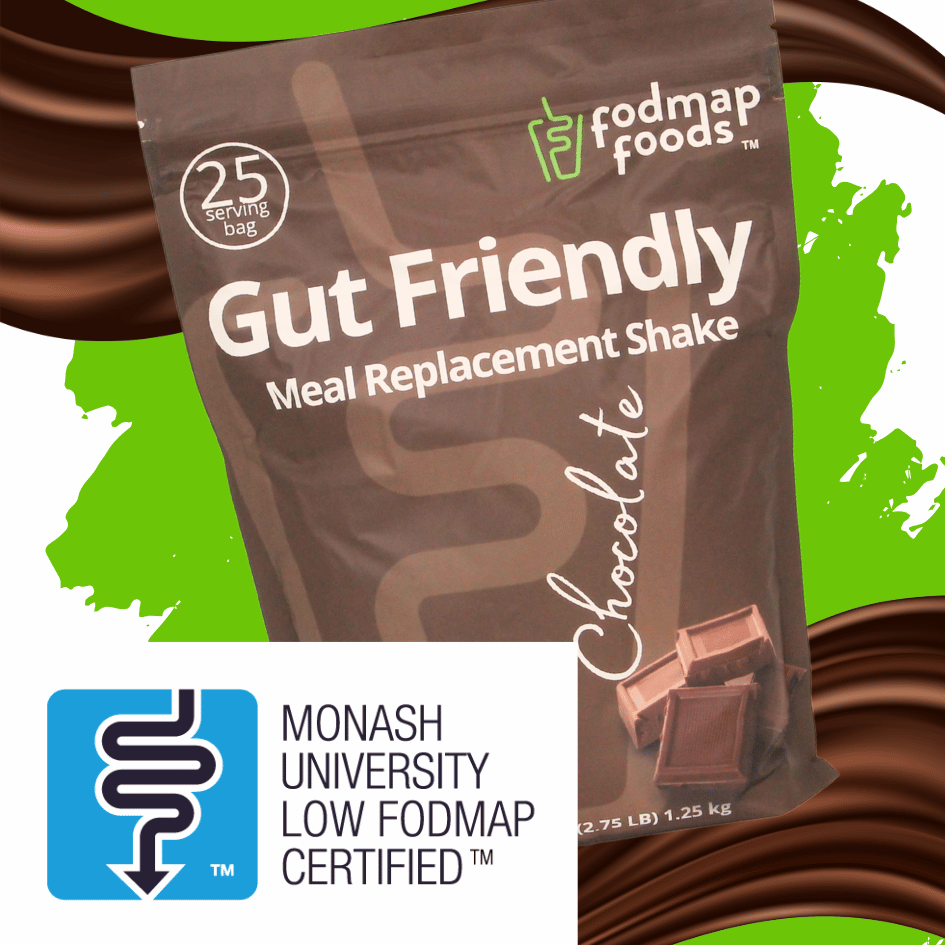What is Negative Ion Chair Therapy?

Exploring the Benefits of Negative Ion Chair Therapy

As a physician, I'm always interested in emerging therapies that aim to improve our well-being, including those that embrace a holistic approach. One such therapy that has gained attention recently is negative ion chair therapy. While more research is needed to fully understand its benefits, there are some intriguing aspects worth discussing.
What Are Negative Ions?
Negative ions are molecules that have gained an extra electron. They are naturally found in abundance in places like waterfalls, forests, and beaches. Negative ions are created naturally in environments where water, sunlight, or natural radiation is present and can also be generated artificially using various devices. They play a significant role in improving air quality and potentially enhancing overall well-being.
Natural Processes
- Waterfalls and Ocean Waves: When water crashes against itself, like in waterfalls, ocean waves, or fast-moving rivers, it breaks down water molecules and releases negative ions into the air.
- Thunderstorms: During thunderstorms, lightning and other electrical events can create negative ions. The high energy from lightning strikes causes air molecules to split, making ions.
- Sunlight and Cosmic Rays: Ultraviolet (UV) light from the sun and cosmic rays can charge air molecules, creating negative ions. This happens more often at higher altitudes and in sunny, open areas.
- Photosynthesis: Plants release negative ions during photosynthesis. This is why forests and green spaces can have more negative ions.
- Earth’s Natural Radiation: The earth gives off natural radiation from its surface, which can charge air molecules near the ground and produce negative ions.

How Does Negative Ion Chair Therapy Work?
A negative ion chair is a special type of chair designed to release negative ions while you sit in it. Here’s how it works:

- Negative Ion Generator: The chair has a built-in device called a negative ion generator. This device creates negative ions, which are tiny particles that can have positive effects on your health.
- Releasing Negative Ions: When you sit in the chair, the generator releases these negative ions into the air around you. Some chairs even have parts that focus the ions on your head and body.
- Breathing in Negative Ions: As you sit and relax, you breathe in the negative ions. These ions can help clean the air, imprve your mood, increase your energy, and reduce stress.
- Feeling the Benefits: By spending time in the chair, you might start to feel more relaxed and energized, and the air around you may feel fresher.
Benefits of Negative Ions
- Improved Air Quality: Negative ions can attach to and remove dust, pollen, and other particles from the air, making it cleaner.
- Mood Enhancement: Some studies suggest that negative ions can improve mood and reduce symptoms of depression, particularly in those with Seasonal Affective Disorder (SAD).
- Increased Energy Levels: Being around negative ions has been linked to feeling more energetic and less tired.
- Stress Reduction: Negative ions might help you feel calmer and reduce stress levels.
- Viral Infection Reduction: A study showed decrease Virus (COVID) infection between golden hamsters.
References 1-5 at bottom of blog
The Scientific Perspective
While the potential benefits of negative ions are promising, it's important to approach this therapy with a balanced perspective:-
Evidence: Research on negative ion therapy has produced positive or neutral results. Studies support its benefits, particularly for mood enhancement and air purification.
-
Holistic Approach: Negative ion chair therapy can be considered as part of a broader holistic approach to health. These are practices like regular physical activity, a balanced diet, sufficient sleep, and stress management techniques.
-
Complementary Use: It's also beneficial to use negative ion therapy in conjunction with other well-established health practices, such as using air purifiers with HEPA filters and spending time outdoors in nature.
Considerations Beyond Scientific Proof
It's also worth noting that not all beneficial activities need to be scientifically proven to improve our quality of life. For example, taking a vacation, playing sports, or watching shows with friends are activities we engage in because they bring us joy and relaxation. While we may not have scientific studies to back up every pleasurable activity, their positive impact on our well-being is undeniable.

Realistic Expectations
It's crucial to have realistic expectations when exploring complementary therapies. While negative ion therapy may offer certain benefits, it's not a cure-all solution. Expecting a negative ion machine to cure serious conditions like hypertension or cancer is not only unrealistic but potentially dangerous. Complementary therapies should be used within the realm they are meant to be, enhancing overall well-being and complementing conventional medical treatments, not replacing them. This principle also applies to Western medicine. All medicine has strengths and limitations, and the best approach often involves integrating both to achieve optimal health outcomes.

Conclusion
Negative ion chair therapy is an interesting concept with benefits for improving air quality and mood. While the current evidence is mixed, it may be worth exploring as part of a holistic approach to health and well-being. Let's continue to explore and understand these therapies better, always grounding our approach in science and evidence-based practices, while recognizing the value of activities that simply make us feel good. Having realistic expectations and using therapies as complementary to conventional medicine is key to achieving balanced health and well-being.
Infographics
Where do we get expose to Positive Ions?

Where can I find Negative ions naturally?

As always, it's important to stay informed and consult with healthcare professionals before starting any new therapy.
Resources:
Perez V, Alexander DD, Bailey WH. BMC Psychiatry. 2013;13:29. doi:10.1186/1471-244X-13-29. Copyright License: CC BY
2.Controlled Trial Evaluation of Exposure Duration to Negative Air Ions for the Treatment of Seasonal Affective Disorder. Bowers B, Flory R, Ametepe J, et al. Psychiatry Research. 2018;259:7-14. doi:10.1016/j.psychres.2017.08.040.
Terman M, Terman JS. Journal of Alternative and Complementary Medicine (New York, N.Y.). 1995;1(1):87-92. doi:10.1089/acm.1995.1.87.
4. A Randomized, Placebo-Controlled Trial of Bright Light and High-Density Negative Air Ions for Treatment of Seasonal Affective Disorder. Flory R, Ametepe J, Bowers B. Psychiatry Research. 2010;177(1-2):101-8. doi:10.1016/j.psychres.2008.08.011.
5. Aerosol Transmission of the Pandemic SARS-CoV-2 and Influenza A Virus Was Blocked by Negative Ions Zhang C, Cui H, Zhang C, Chen Z, Jiang X, Liu J, Wan Z, Li J, Liu J, Gao Y, Jin N, Guo Z. Front Cell Infect Microbiol. 2022 Apr 29;12:897416. doi: 10.3389/fcimb.2022.897416. PMID: 35573774; PMCID: PMC9105223.








Leave a comment